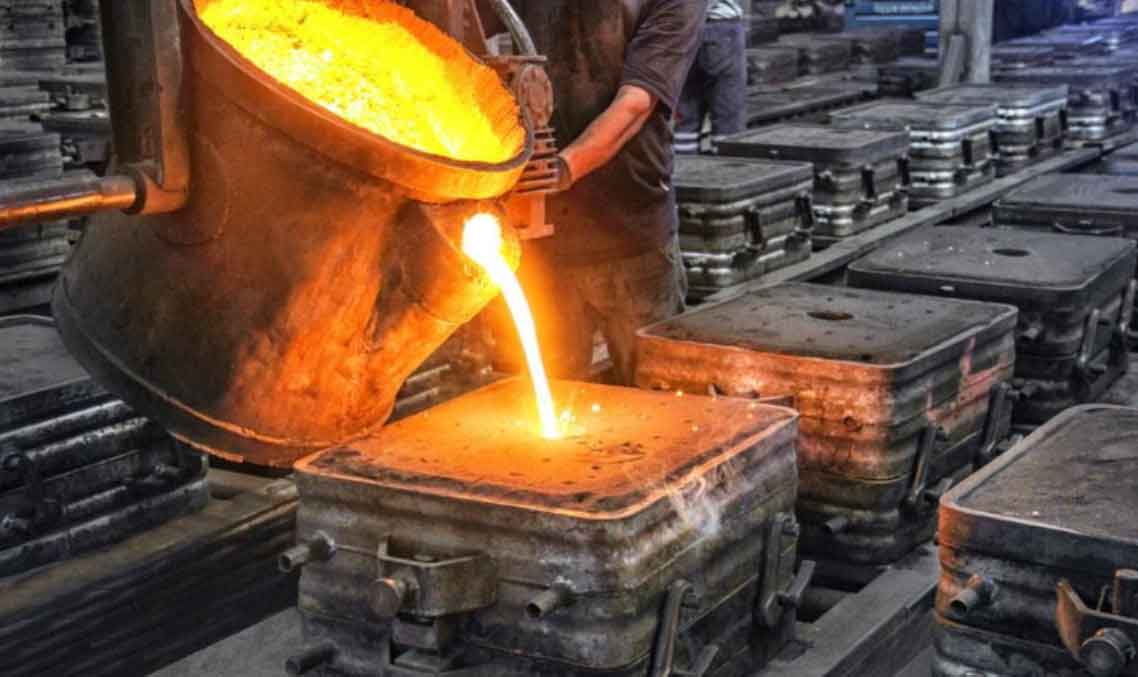
Sand casting offers several benefits that make it a favorable casting method for the automotive industry. The automotive sector relies on sand casting for the production of critical components and engine parts. Here are some of the key benefits of using sand casting in the automotive industry:
1. Cost-Effectiveness:
- Sand casting is a cost-effective method for producing automotive components, especially for low to medium production volumes. The tooling costs are relatively lower compared to other casting methods, making it economical for smaller production runs.
2. Design Flexibility:
- Sand casting provides designers with significant design flexibility. It can accommodate complex shapes, intricate geometries, and internal features, allowing for the production of engine blocks, cylinder heads, transmission cases, and other automotive components with various specifications.
3. Wide Range of Materials:
- Sand casting can work with a wide range of materials, including aluminum, iron, steel, and other alloys commonly used in the automotive industry. This versatility allows for the production of components with diverse material properties suited for different automotive applications.
4. Rapid Prototyping:
- Sand casting enables rapid prototyping and quick iteration of designs, allowing automotive manufacturers to validate and optimize component designs before committing to full-scale production.
5. Short Lead Times:
- The lead time for creating the initial patterns and molds in sand casting is relatively short, enabling manufacturers to respond quickly to changing market demands.
6. Large Component Production:
- Sand casting is capable of producing large and heavy components, making it suitable for automotive engine blocks and other sizable automotive parts.
7. Repairability and Recyclability:
- Sand casting molds can be repaired and reused in some cases, reducing the need for fresh molds and contributing to a more environmentally sustainable manufacturing process.
8. Surface Finish and Tolerances:
- With proper gating and risering design, sand casting can achieve good surface finish and dimensional tolerances, ensuring high-quality castings for automotive applications.
9. High Volume Production:
- While sand casting is suitable for low to medium production volumes, it can also be utilized for high volume production when required by the automotive industry.
10. Proven Technology:
- Sand casting is a well-established and widely used casting method in the automotive industry. Its reliability and efficiency have been demonstrated over many years of automotive component production.
By leveraging these benefits, sand casting helps the automotive industry meet its production needs efficiently and cost-effectively, delivering reliable and high-performance components for vehicles. It remains a preferred casting method for automotive manufacturers seeking a balance between design flexibility, cost efficiency, and quality assurance.
Pages: 1 2
